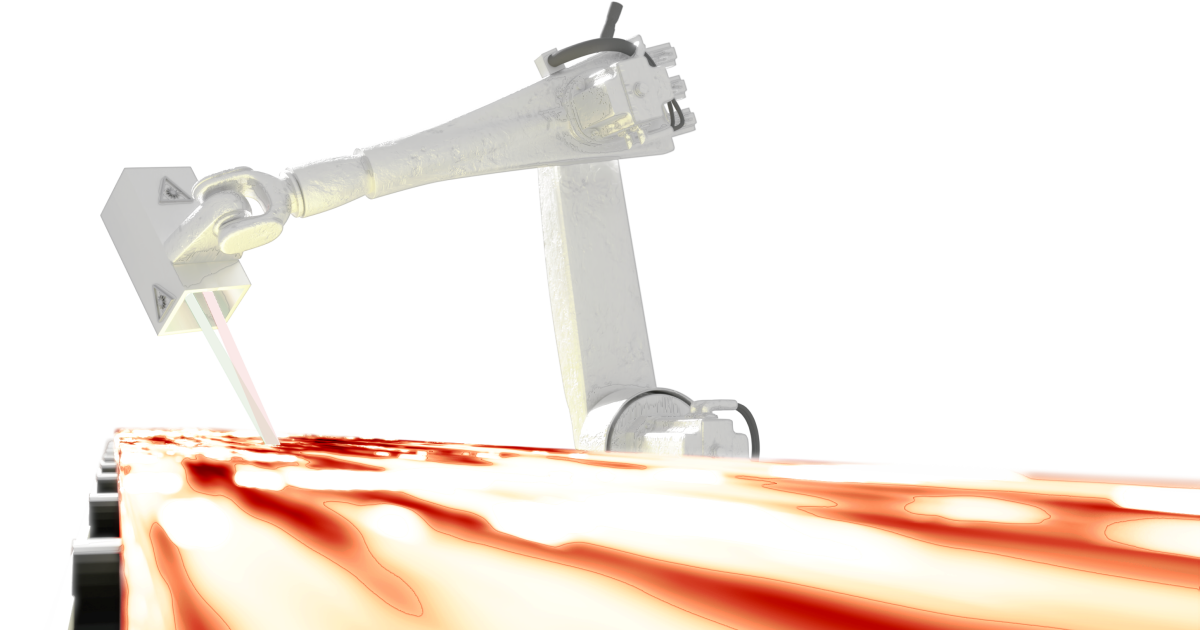- 2.5Impact Factor
- 5.5CiteScore
- 20 daysTime to First Decision
Application of Laser-Ultrasonics in Metal Processing
This special issue belongs to the section “Materials Science and Engineering“.
Special Issue Information
Dear Colleagues,
Since the development of the laser ultrasonic (LUS) technique in the 1980s and 1990s, the field has matured significantly. The key advantage of LUS is the unique feature of being able to measure material properties in a truly contactless manner with a working distance up to meters. This attractive feature has enabled commercialization in a broad range of areas and today there are available LUS systems for several industrial applications, e.g., wall thickness gauging for the extrusion of seamless pipes, real-time grain size monitoring in thermomechanical simulators, and the detection of defects in large components for the aviation industry. This research field contains a myriad of applications where laser ultrasound is a key enabler for understanding material processing and process behavior.
This Special Issue concerns the application of laser ultrasonics in metal processing and we invite the whole laser ultrasonics community to submit contributions on this topic.
Prof. Dr. Bevis Hutchinson
Dr. Malmström Mikael
Dr. Lundin Peter
Guest Editors
Manuscript Submission Information
Manuscripts should be submitted online at www.mdpi.com by registering and logging in to this website. Once you are registered, click here to go to the submission form. Manuscripts can be submitted until the deadline. All submissions that pass pre-check are peer-reviewed. Accepted papers will be published continuously in the journal (as soon as accepted) and will be listed together on the special issue website. Research articles, review articles as well as short communications are invited. For planned papers, a title and short abstract (about 250 words) can be sent to the Editorial Office for assessment.
Submitted manuscripts should not have been published previously, nor be under consideration for publication elsewhere (except conference proceedings papers). All manuscripts are thoroughly refereed through a single-blind peer-review process. A guide for authors and other relevant information for submission of manuscripts is available on the Instructions for Authors page. Applied Sciences is an international peer-reviewed open access semimonthly journal published by MDPI.
Please visit the Instructions for Authors page before submitting a manuscript. The Article Processing Charge (APC) for publication in this open access journal is 2400 CHF (Swiss Francs). Submitted papers should be well formatted and use good English. Authors may use MDPI's English editing service prior to publication or during author revisions.
Keywords
- laser ultrasonics
- non-destructive testing
- metal processing
- process monitoring

Benefits of Publishing in a Special Issue
- Ease of navigation: Grouping papers by topic helps scholars navigate broad scope journals more efficiently.
- Greater discoverability: Special Issues support the reach and impact of scientific research. Articles in Special Issues are more discoverable and cited more frequently.
- Expansion of research network: Special Issues facilitate connections among authors, fostering scientific collaborations.
- External promotion: Articles in Special Issues are often promoted through the journal's social media, increasing their visibility.
- e-Book format: Special Issues with more than 10 articles can be published as dedicated e-books, ensuring wide and rapid dissemination.

